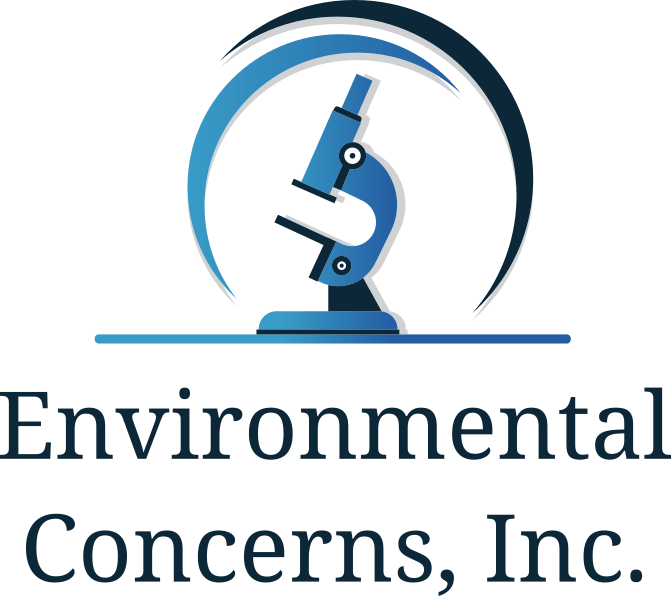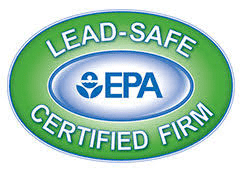Lead-Based Paint Consulting
Environmental Concerns, lead-based paint consulting services help clients address lead-based paint concerns quickly, cost-effectively, and with minimal disruption to building occupants. Our teams have extensive experience working in private and public-sector health-care, child care, commercial and long-term residential facilities.
We have a strong reputation for evaluating lead abatement methods and designing compliant, innovative, and timely solutions. Our approach to consulting on projects recognizes the importance of quality, integrity, and responsiveness on these important and often highly sensitive projects..
KEEPING YOUR HOME AND BUSINESS SAFE FROM LEAD PAINT EXPOSURE
- If you suspect you have lead in your home some other building, have it tested or inspected by one of our Lead Paint Risk Assessors.
- Keep your home clean and keep dust from accumulating.
- Ensure that painted surfaces are intact and not chipping or peeling.
- Pay particular attention if you have old windows or doors; these have friction surfaces that create lead dust every time they are open or closed.
- Do not allow children to chew or damage wood trim such as window sills, baseboards, or door trim. It only requires a very small amount of lead dust to impact a child.
Call For a Quote:
502-458-4488 (24 Hour Number)
F.A.Q.
We always encourage you to ask questions!
Feel free to reach out to us or ask any questions we have not answered within our web site.

What can I do to protect my family from lead contamination that was found in my neighborhood?
If environmental exposure to lead is suspected, you should contact your local or state environmental office to determine if there are known or suspected sources of lead in the area. If there are known or suspected sources of lead, the Centers for Disease Control and Prevention (CDC) at: https://www.cdc.gov/nceh/lead/tips.htm
Is my home unsafe if it contains lead-based paint?
Approximately three-quarters of the nation’s housing built before 1978 contains some lead-based paint. This paint, if properly managed and maintained, poses little risk. If allowed to deteriorate, lead from paint can threaten the health of occupants, especially children under six years old. If families and building owners are aware of the presence of lead-based paint and the proper actions to take, most lead-based paint hazards can be managed. The EPA pamphlet “Protect Your Family From Lead in Your Home” provides important information for families and home owners to help them identify when lead-based paint is likely to be a hazard and how to get their home checked.
I have hired a firm to renovate my home, but now I am concerned about whether the firm is a lead-safe certified firm. How can I find out?
EPA has a searchable database to help you locate lead-safe certified firms near you at: http://cfpub.epa.gov/flpp/searchrrp_firm.htmOpens a New Window.. It is possible that your firm is not yet listed on EPA’s web site, but is certified. If you do not find your firm on EPA’s web site, you should call EPA’s lead hotline at 1-800-424-LEAD (5323) and speak to an expert who can help you find out whether your firm is certified.
I am concerned about the health impact drinking water contaminants could have on my pet. What are the risks?
The health standards set forth by the Safe Drinking Water Act were created with human health in mind. Please a veterinarian as the health impact might be different for your pet.
How can I tell if my water contains too much lead?
To determine if your water has lead, have your water tested. Testing costs between $20 and $100. Since you cannot see, taste, or smell lead dissolved in water, testing is the only sure way of telling whether or not there are harmful quantities of lead in your drinking water. Be particularly suspicious if your home has lead pipes (lead is a dull gray metal that is soft enough to be easily scratched with a house key), if you see signs of corrosion (frequent leaks, rust-colored water, stained dishes or laundry, or if your non-plastic plumbing is less than five years old. Your water supplier may have useful information, including whether or not the service connector used in your home or area is made of lead. Testing is especially important in high-rise buildings where flushing might not work.

